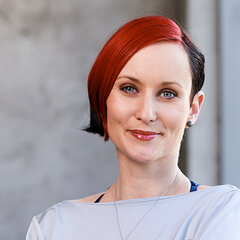Research and development allowance for clinical studies


In a recent judgement, the Supreme Administrative Court (SAC) held that a research and development allowance had been claimed unlawfully, as the project in question had no element of novelty. The SAC dealt with the third phase of clinical research and concluded that the project had the character of a mere provision of services, mainly because its objective, timing and manner of assessment had been determined by a third party.
Are the conditions for claiming research and development allowances for clinical trials and last phases of drug testing unequivocal and clear? Unfortunately, no. In the case before the SAC, a taxpayer argued that within the projects in question, they had carried out experimental work to obtain new knowledge and determine the yet unknown or unconfirmed effects of medical substances as a part of new drug research. The regional court sided with the taxpayer, stating that the activities did indeed involve research and development, as through the testing of the drug on human organisms the research of the substances was completed, and the activities carried out may therefore be regarded part of the previous research activity.
The tax administrator disagreed with the regional court’s conclusions. In the tax administrator’s opinion, the third phase of drug testing only involved the assessment and testing of drugs already in existence, based on parameters exactly defined by the customer (the drug producing company) who provided the medical substances and other medical material needed for the clinical trials, and also covered the related costs. According to the tax administrator, the taxpayer’s activity was by its nature the mere provision of services, not comprising any actual research activity and not containing any valuable elements of novelty.
The SAC did not dispute that the third phase of clinical trials was indeed a necessary part of the process of the new drug’s research and development, or that it involved the defining elements of research and development – novelty and uncertainty. However, in the particular case in question, the SAC saw as crucial the fact that the taxpayer did not have to bear any risks of failure. According to the SAC, only the customer – the entity who ordered the trials – had carried out any actual research activity. The taxpayer could not influence the trials in any way or contribute its own initiative or own research activity to the project, which is why the SAC regarded their activity as a mere provision of services.
This judgement indicates that a research and development allowance may only be claimed by those who bear the risk and carry out the activity on their own. If taxpayers order such a service from subcontractors, they are not entitled to the bonus in a form of double tax deduction of expenses.
The SAC conclusions are certainly valid, in general terms. It would, however, be a mistake to rule out the possibility of claiming research and development allowances for third phases of clinical trials altogether. In each case, specific conditions as well as the activities carried out within the testing have to be taken into account; such activities should also be described in detail in the research and development project.
